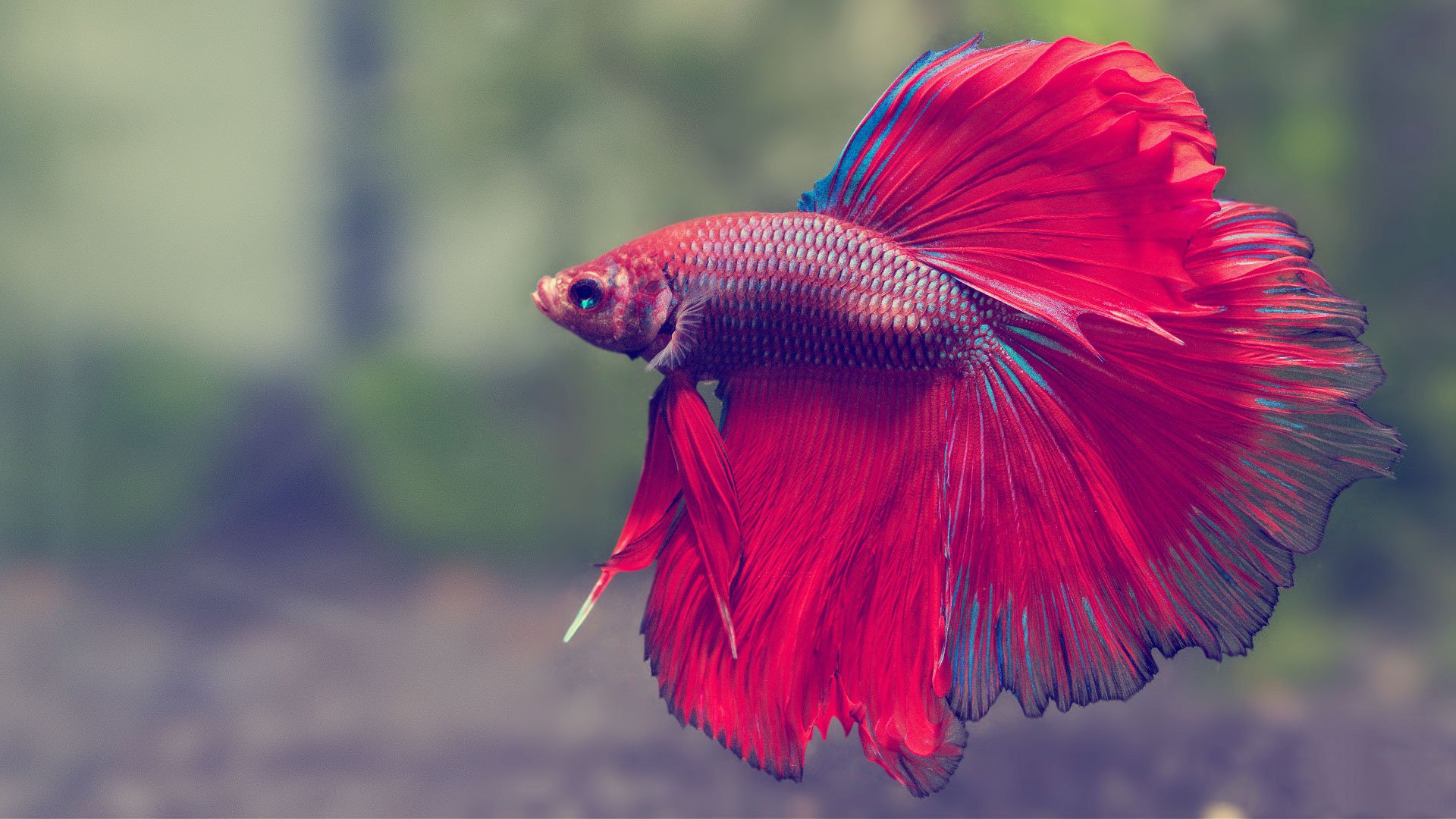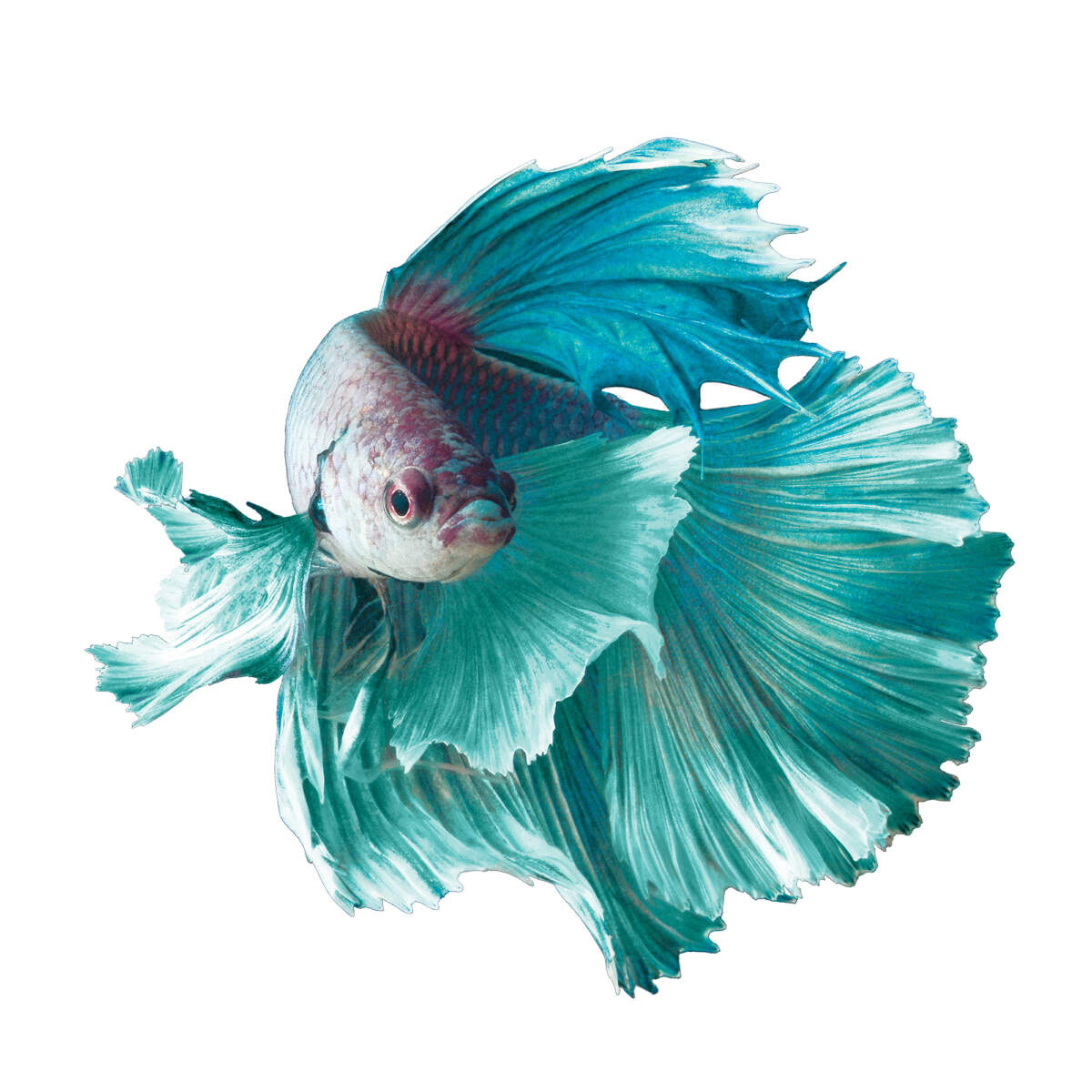Betta Fish Care: Vital Tips for a Healthy and Satisfied Pet Dog
Betta Fish Care: Vital Tips for a Healthy and Satisfied Pet Dog
Blog Article
All Concerning Betta Fish: Comprehending Their Special Demands, Actions, and the Best Practices for Optimum Treatment
Comprehending the special needs and habits of Betta fish is important for any aquarist aiming to supply ideal treatment. These fascinating creatures, native to the warm waters of Southeast Asia, exhibit distinctive territorial tendencies and need details environmental problems to thrive. From picking the right storage tank dimension to acknowledging prospective health and wellness problems, different elements considerably affect their well-being. As we check out these components even more, the effects for both amateur and seasoned fish caretakers end up being significantly noticeable, questioning regarding exactly how ideal to fit these impressive fish in our homes.
Betta Fish Review
Although often appreciated for their vivid shades and moving fins, Betta fish, medically referred to as Betta splendens, are complicated animals that require specific care to grow. Originating from Southeast Asia, these freshwater fish are known for their territorial nature and unique actions. Betta fish show sex-related dimorphism, with men displaying much more brilliant colors and longer fins than females.
Their hostile propensities, specifically among men, require mindful consideration when real estate them. Bettas are frequently maintained in single-specimen storage tanks to avoid territorial conflicts. They can coexist in harmony with certain suitable species in bigger neighborhood containers, offered the setting satisfies their requirements.

To make sure optimum care, aquarists should comprehend their unique behavioral attributes, nutritional demands, and environment demands. betta fish. With proper focus, Betta fish can exhibit their dynamic characters and prosper in a well-kept aquarium setting
Natural Habitat and Atmosphere
Betta fish grow in a diverse variety of natural environments, mainly located in the superficial waters of Southeast Asia, including rice paddies, swamps, and slow-moving streams. These settings are identified by cozy temperatures, typically between 75 ° F and 82 ° F(24 ° C and 28 ° C ), and a pH level ranging from 6.5 to 7.5, which is excellent for their health and wellness and health.
In their natural environments, Betta fish are accustomed to dense vegetation, supplying both sanctuary and breeding grounds. The existence of plants such as floating water lilies and thick lawns not just uses security from killers yet additionally contributes to the oxygenation of the water, which is vital for their breathing requirements. In addition, these atmospheres usually have locations of still water, allowing Betta fish to show their natural actions such as bubble nesting.
Recognizing the natural habitat of Betta fish is vital for aquarium fanatics. Reproducing these problems-- with water temperature level, pH balance, and the addition of live plants-- can dramatically boost the total health and longevity websites of these exciting fish, ensuring they grow in a home aquarium setup.
Social Actions and Interactions
Recognizing the social behavior and interactions of Betta fish is crucial for successful fish tank monitoring. Betta fish, or Siamese combating fish, are recognized for their distinct behavioral attributes, defined mainly by territoriality and aggressiveness.
Alternatively, female Bettas show less hostile behavior and can exist together in groups, understood as sororities, if introduced properly. Nonetheless, it is essential to check their interactions closely, as power structure and supremacy can cause conflicts. Understanding the characteristics within a Betta area is vital; establishing concealing spots and making sure ample room can reduce aggressiveness.
On top of that, Betta fish may also present interest and social habits in the direction of various other varieties. While they can exist together with specific non-aggressive container mates, it is important to select compatible varieties to avoid anxiety and hostility. On the whole, recognizing these social interactions is key to fostering a harmonious fish tank environment for Betta fish.
Vital Care Guidelines
Providing proper take care of Betta fish is vital to their health and wellness and well-being. To make sure a flourishing environment, click for more it is important to maintain ideal water conditions. The water temperature level ought to be maintained in between 76 ° F and 82 ° F(24 ° C to 28 ° C), while pH degrees ought to vary from 6.5 to 7.5. Regular water adjustments-- about 25% weekly-- aid preserve water quality.
Betta fish call for an ideal storage tank dimension; a minimum of 5 gallons is recommended to give sufficient area for swimming and hiding. Consist of designs and plants to produce a stimulating environment, but avoid sharp objects that can damage their delicate fins.

Lastly, ensure the tank is equipped with a filter to keep the water tidy, yet utilize a gentle filter to prevent solid currents that can stress the fish. By adhering to these crucial treatment guidelines, owners can promote a healthy and dynamic Betta fish.
Common Health And Wellness Issues and Solutions
In the care Read Full Article of Betta fish, recognition of usual wellness concerns is important for preserving their well-being. One prevalent issue is fin rot, frequently brought on by inadequate water top quality or microbial infection. Signs and symptoms include torn or tarnished fins. To deal with fin rot, enhance water conditions and consider utilizing a broad-spectrum antibiotic.
One more typical ailment is ich, a parasitic infection identified by white areas on the fish's body (betta fish). Therapy involves boosting water temperature and adding fish tank salt to the storage tank, as this can aid get rid of the bloodsucker
Swim bladder condition is also frequently observed, bring about buoyancy issues. This problem might occur from overfeeding or constipation. A fasting period of 24-48 hours, followed by a diet plan of blanched peas, can give relief.
Last but not least, bettas might suffer from velour condition, shown by a gold dust-like look on their skin. Therapy commonly needs medication particularly made for outside bloodsuckers, together with boosted container hygiene.
Normal surveillance of water specifications, preserving a clean environment, and providing a well balanced diet are vital safety nets. By dealing with these health issues quickly, Betta fish can lead much healthier, extra lively lives.
Conclusion
In summary, effective betta fish care calls for an understanding of their one-of-a-kind demands and habits. Giving an appropriate atmosphere, including proper storage tank size and water problems, is important for their wellness. In addition, identifying their territorial nature and making sure sufficient concealing places can protect against hostility. Normal monitoring of health and wellness and water quality, together with a balanced diet plan, adds to the long life and vibrancy of betta fish. Sticking to these guidelines will certainly foster a thriving aquatic community for these captivating animals.
Report this page